13 Different Types of Cedar Trees
-
Kristin Hitchcock
- Last updated:

Surprisingly, there are only four different types of true cedar trees. These trees have some pretty distinct differences, which is why they are considered completely different species. In fact, there are no native cedar trees in North America. Instead, these trees are all native to areas on the other side of the ocean.
However, there are quite a few “false” cedars. While these aren’t technically seen as “true” cedar trees, we commonly identify them as cedar trees in North America. These trees are similar to cedars, though they are not technically related at all.
Below, we’ll look at both true and false cedar tree species.
The 13 Different Types of Cedar Trees
True Cedars
1. Cedrus Atalantica
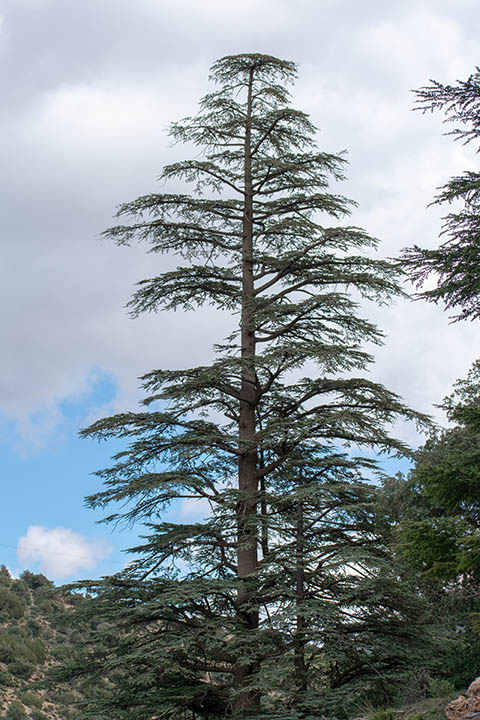
Known as the Atlas Cedar, this tree is native to the Atlas Mountains, hence its name. Its leaves are a bluish shade, so it is also known as the blue cedar. You can easily identify it by these leaves, as well as their brown-grey bark.
This tree has pretty unique-looking pine needles, making it one of the easier species to identify.
2. Cedrus Brevifolia
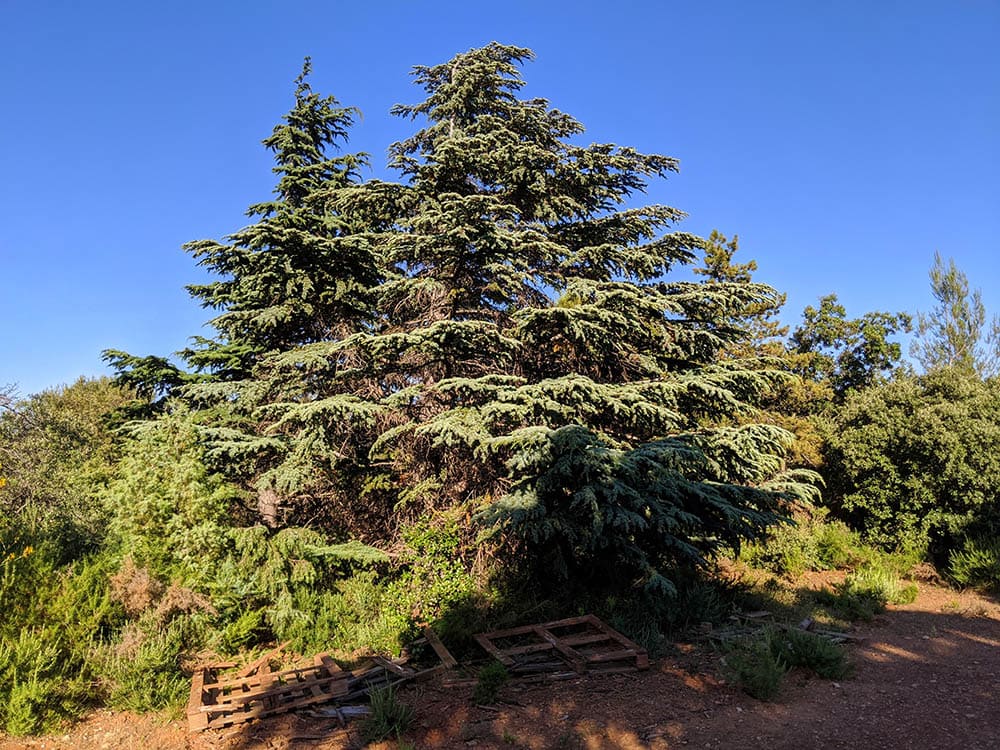
This cedar tree is only found natively on the island of Cyprus. It is also known as the Cyprian cedar due to its native location. It has shorter branches than other cedar species, with the needles arranged in short clumps along each branch. It is often described as looking a bit “fuzzy” from a distance.
3. Cedrus Libani
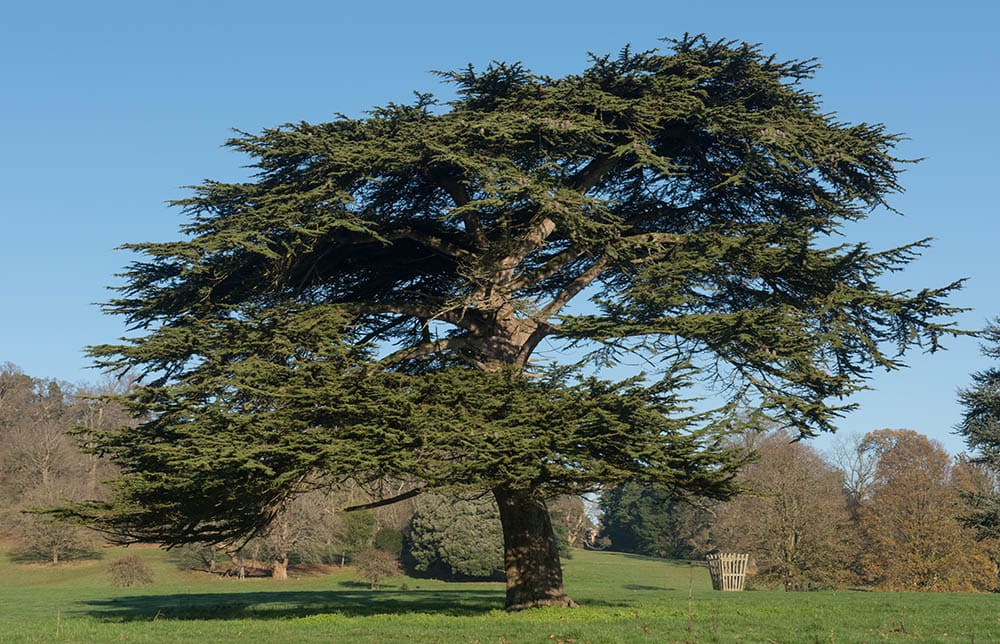
This type of cedar is native to Southwest Asia, specifically to parts of Lebanon and Syria. They are named after Lebanon, where they were first discovered and primarily exist today.
These trees are known for being extremely drought tolerant and have massive tree trunks for this reason. They are easy to identify for this reason. Their flat tops make them obviously different from their cousins. Their branches stretch horizontally and have clusters of needles.
4. Cedrus Deodara
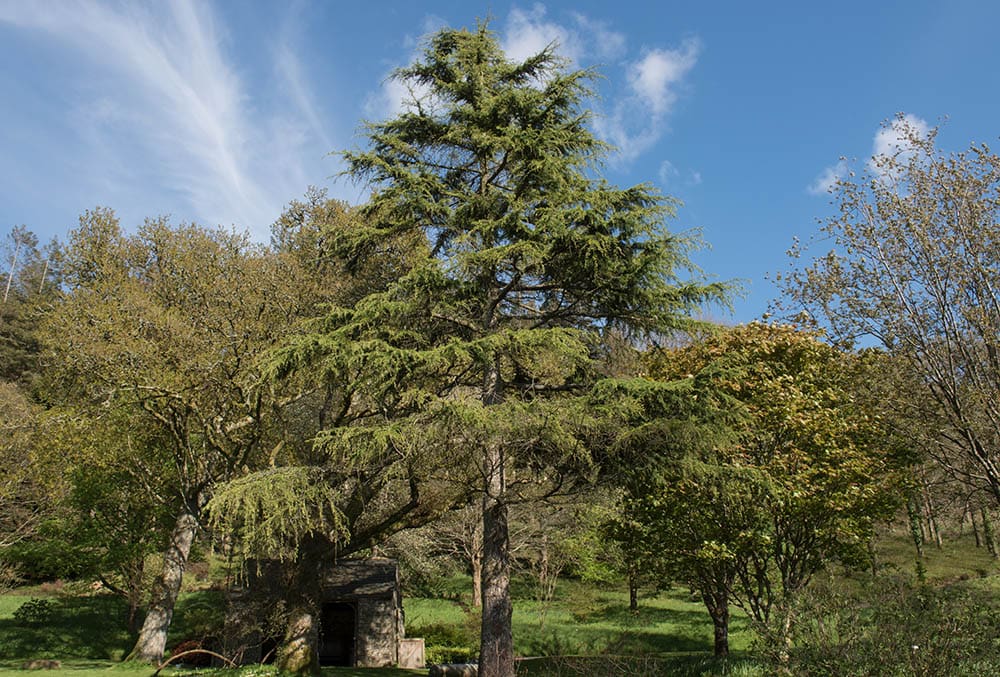
This species is native to Himalayan, so it is also commonly called the Himalayan Cedar. They are known for being very pyramidal when they are younger, which makes them easy to identify. However, they often lose this shape as they get older. Their branches are very wide and known for their swooping branches.
False Cedars
These trees aren’t technically cedars. They do not belong to the genus Cedrus, so they aren’t technically cedars at all. However, they are often identified as cedars by those in North America. Therefore, they are considered “false” cedars.
Many of these trees look like cedars, hence the confusion. However, they belong to a different species altogether. Therefore, they often have some obvious traits that set them apart from other cedars.
5. Cupressus nootkatensis

The Alaskan Yellow Cedar is a member of the cypress family in actuality. It is native to the Northwestern United States and has very drooping branches. These set the tree apart from other cedars and cypress species. They have scaly leaves that can be a bit prickly as well – very different from actual cedars.
6. Juniperus bermudiana
Also known as the Bermuda Cedar, this tress is a member of the juniper species and is only found on the island of Bermuda – hence the name. This tree actually covers much of the island before it was cut down by the first settlers. Later, an infestation of scale took out the remaining trees. Therefore, it is quite rare today.
When this tree went extinct, it also took out a variety of different pollinators who relied on the tree. It is a good example of how human efforts can negatively impact the environment.
7. Juniperus virginiana
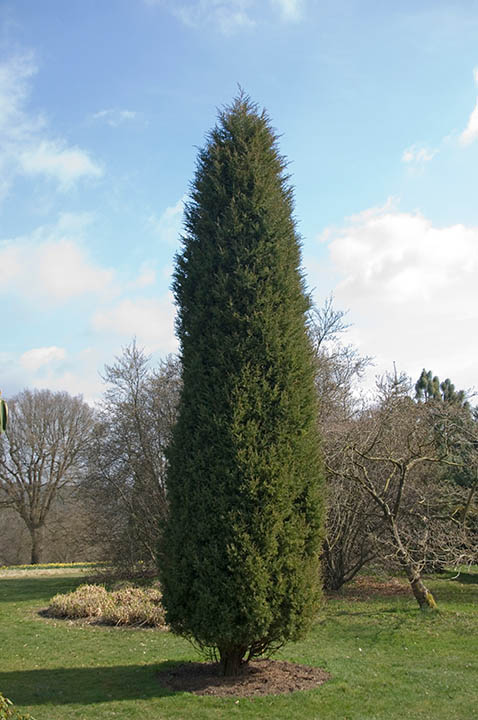
The Eastern Red Cedar is not a cedar at all but another member of the juniper species (which seems to get mistaken as cedars a lot). This tree takes on a very pyramid shape throughout its lifespan, making it pretty easy to identify from a distance.
It requires open spaces and lots of sunlight to grow, so they tend to exist in light forests in the east. They are not known for crowding in tight forests.
8. Calocedrus decurrens
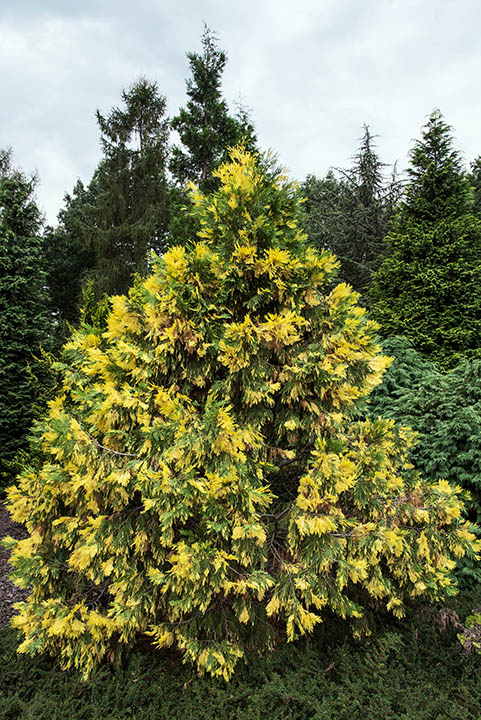
The Incense Cedar is an extremely fragrant tree that is often sold around the winter holidays. It is native to California and can grow very tall – up to 152 feet in some cases. They have a rather conical shape and are often considered cedars, though they do not belong to that family at all.
9. Thuja occidentalis
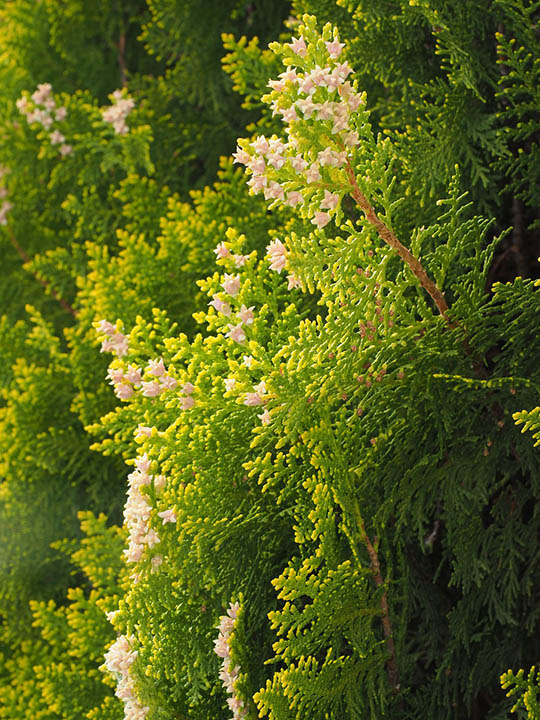
As you might expect, the Northern White Cedar is not a cedar at all. They prefer full sunlight and wetter soil. However, they can also handle partial shade as adults. Younger trees require more sunlight than other ones.
Their roots are very shallow, which is why they prefer wetter soil. They have shallow roots that spread quite far in search of water. They grow outwards, not downwards. They have an oblong shape.
10. Chamaecyparis lawsoniana
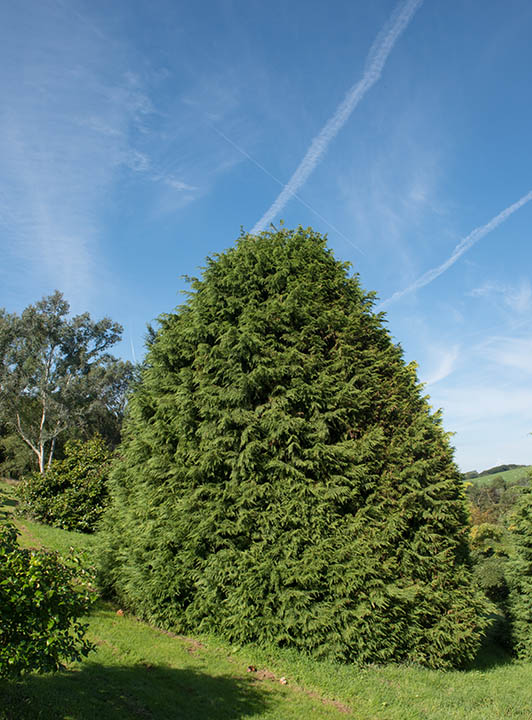
These trees are known under all sorts of names. One of the more popular names is the Port Orford Cedar, which is why they are classified as false cedar trees. However, they are also known as Lawson’s Cypress, which better describes their actual species.
These trees can grow over 200 feet tall, making them one of the taller trees on this list. Their heartwood is a pale yellow, and they are considered a heavily fragrant tree.
11. Pinus sibirica
As you may guess from the scientific name, this tree is actually a pine tree. Plus, it looks very different from most cedars, with many obvious pine characteristics. It is usually called the Siberian Pine in native Russian, where it is located.
The confusion comes from the fact that their name is often translated to “Siberian cedar,” though this is incorrect. If you see this tree in person, it is very obviously a pine, though.
12. Cedrela odorata
While this tree smells like cedar (or, at least, many people think it does), it is not a true cedar in the least. However, it is usually used to make cigar boxes. It is native to Central and South America, though it is also found in the Caribbean.
However, the rate that this tree is used is not sustainable. Therefore, it is vulnerable due to industrialization and climate change.
13. Thuja plicata

This tree is often called the Western Red Cedar. However, it is not actually a cedar tree.
This tree has a pyramidal shape and has a strong buttressed base. The bark is brown or cinnamon-red and sheds at random intervals.
Conclusion
While there are actually only four different types of cedar trees, there are actually many different trees that are mistakenly called “cedars.” These trees may be accidentally considered cedars by many people, though they technically fall into a different category.
There are no true cedar trees in North America (or South America, for that matter). Instead, all of these trees are native to either Europe or Asia. However, there are many false cedar trees on these other continents.
Looking for more types of trees? Take a look at:
- 13 Different Types of Magnolia Trees
- 20 Different Types of Apple Trees
- 13 Different Types of Willow Trees
Featured Image Credit: Pixabay
Contents

